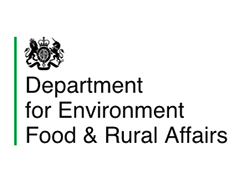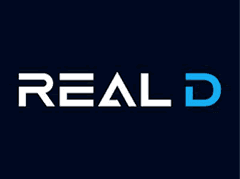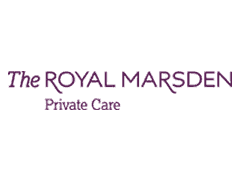PPC (pay-per-click) advertising allows companies to collect leads and ultimately grow their business fast. PPC can be great for businesses due to its targeting capabilities – either by keywords, location, devices, demographics, or even specific placements.
PPC is so simple and works so well – when done correctly – because you are catching the attention of only those who are actually interested in your product or services. You are not a shop on the high street hoping the right person happens to walk by and see you; you are meeting the potential customer where they are – online.
Not only can this inbound marketing effort be incredibly effective, but it can also be cost-effective. You can control your budget and monitor your cost per conversion. It is far less expensive and easier to track leads than an exhibition.
B2B PPC
That might just sound like a lot of acronyms, but pay-per-click advertising can be hugely successful for B2B (business-to-business) companies. B2B audiences are smaller than B2C (business-to-customer) audiences, as they target only businesses and not everyone.
One of the first issues this causes is that search volumes are generally smaller for companies working B2B. However, PPC makes it easy to segment your audience and specifically target them, saving you money and adding more value to your business.
So, here are five top tips for running PPC for B2B:
Who is your audience?
Your audience may be a whole company, a department, or one specific person – like the CEO. Whatever you want to reach, PPC can get you in front of them.
If you know your target audience and what they are likely to search for, you can bid on those keywords and use audience targeting to get the ads in front of them. As long as you write your ads and structure your PPC campaigns well, your ads should reach your potential customers.
Competitors
B2B often has higher price points, which means people are more likely to look around and check out the competition rather than jump in and commit to the first ad they see on Google.
This means you need to stand out from the crowd but also provide enough relevant information to your audience. The great thing about PPC is that you can provide an offer with this information as gated content, requiring contact information before the searcher can access the white papers, case studies, free trials, etc.
Once you have a hot lead’s contact information, it is up to your sales team to follow up and convert the lead into a sale – so train and invest in your sales team!
Value
The flip side of the coin is that B2B relationships can be long-term contacts that turn into ongoing relationships. This means that the leads’ value is much higher and easier to manage through PPC.
Your monthly PPC budget can easily be justified by bringing in just a few high-quality leads each month if your sales team can convert the right proportion into a sale.
Calculating your break-even value is vital and simple: take your average sales value and times it by your average conversion rate. If your average sales value is £1,000 and your conversion rate is 5%, your break-even value is £50. As long as you bring in leads at under £50 per conversion, you add value to your business.
Sales cycle
As often happens, especially with B2B, the larger the value, the longer the sales cycle. While PPC is generally a quick solution to gaining leads, with B2B, this can still be a long process.
This does not mean that PPC is not the right fit for B2B. It’s still important to generate high-quality, relevant leads each month, even if it takes up to 12 months to convert them into sales.
PPC can even help with this process. Remember to utilise smart forms to collect more and more new information to help develop your ideal audience persona as the leads warm up further through the sales funnel.
Tracking
Accurate tracking is important for all PPC managers, but especially for B2B companies with higher values, smaller audiences, and longer sales cycles.
It is crucial to ensure your PPC campaigns accurately track leads from the very beginning so that you can make informed decisions about optimisation.
It’s as simple as that – if you are not confident in tracking yourself, it is worth consulting with an experienced developer to get this right.
Conclusion
So, there it is – our five top tips for B2B PPC. ExtraDigital has been working with B2B companies for years, using our extensive knowledge and experience to generate leads and grow companies.
Contact us today if you feel you are missing out on the potential benefits of B2B PPC.










